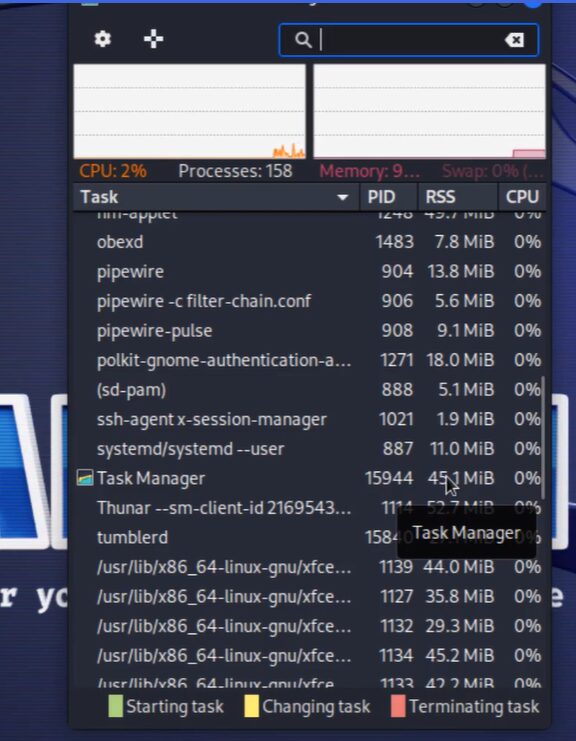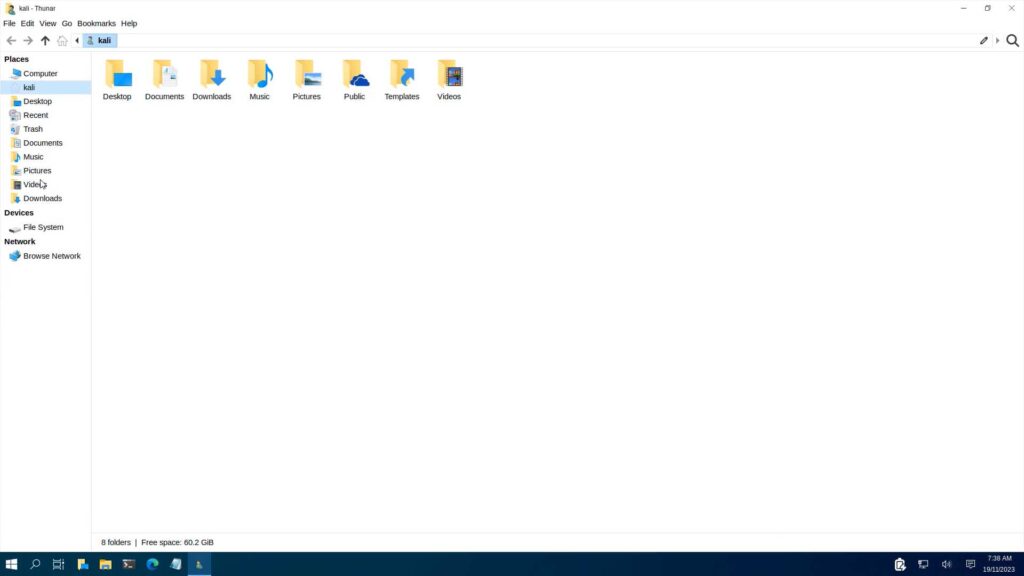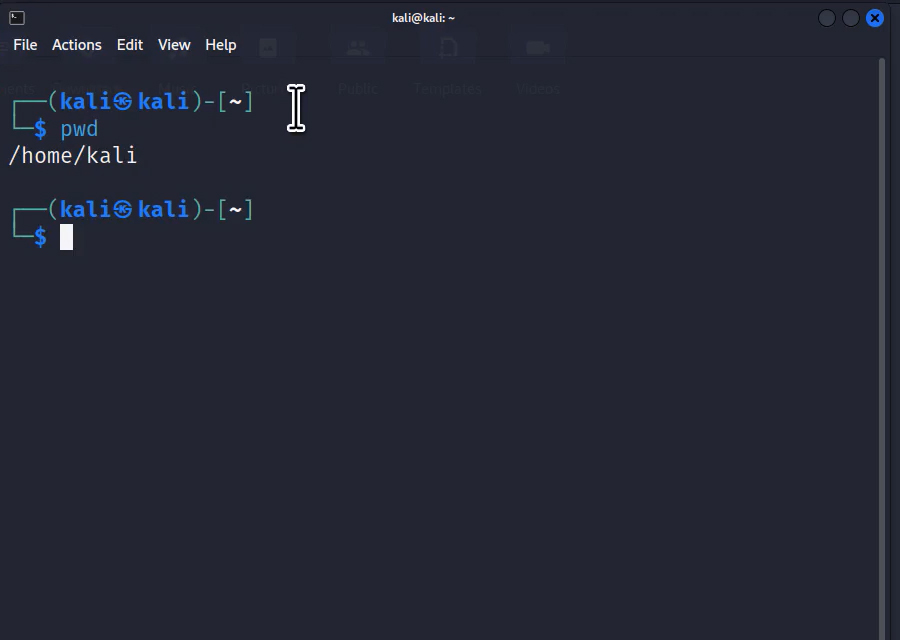Kali Linux is not a new operating system, but another name knows it. Its old name was Backtrack. Basically, Linux is the operating system; Kali, backtrack, and Ubuntu are based on it, like Windows XP, Windows 7, 10, or 11 are based on the Windows operating system. You haired Kali is a hacking tool, but it is wrong. Basically, Kali comes with 600+ packs that can be used for ethical hacking or hacking, and you can install it on Ubuntu. Kali Linux is a light operating system, and you can install and run it with 1GB RAM and 20 GB ROM. If you are interested to learn Kali Linux and basic knowledge and commands I write for beginners.
Linux is an open-source operating system, and Kali is also a modification of its operating system, while Windows is paid and not to be modified as the operating system. Many CS field-related students modified it, but Windows did not recommend it. If you belongs to development background then this article is very interesting for you or here is a pack of web development HTML, CSS, JavaScript.
Taskbar of Kali Linux
Contents

Its taskbar appears at the top of the screen, but you can change it and set it to the bottom, left, or right.
On the right side, you can see a switch button where you can turn off, log off, or restart the system. You can also set the time of your system, notifications, speaker input, and network. You can click here to set your time, connect and disconnect the network, or change the volume.

In the next, you can see some dynamic lines. They show your system usage, and when you click on them, you can check your Task Manager, which is the same as Windows Task Manager.

On the left side of the taskbar, you can see what you have opened or some quick-run applications. If you want to go to the command prompt, click on its quick run icon, and the command prompt will open. You can add any application here for fast setup. Just right-click and “add a new item.” Now, the list of installed software appears, and click to add for quick access.

On the very left side, there is a start menu like Windows, where you can access the applications. Here, you can find very useful applications, but if you are expecting all usable software to be here, then you are wrong. Some software you can install manually.
Browsing in Kali Linux
Linux provides the Firefox browser as the default browser, and if you want to install any other browser, you can do so with the sudo command.
Kali Linux GUI
If you think Kali Linux is a black-screen operating system without a GUI, you are wrong. It has a functional GUI, and it depends on your work. If you want to use it just for watching movies and creating notes, you can use its GUI. If you need to use it for penetration testing purposes, you use a black-screen terminal.
User Kali Linux as Windows 10
For example, I go to Setting Manager -> Appearance-> Style and change it to Windows 10, and the Icon also changes to Windows 10. In that case, you can see that your Kali Linux is the same as Windows 10, and new users can’t identify whether it is Kali Linux or Windows 10.
Undercover Mode
Kali Undercover Mode makes your Kali OS look like Windows 10, so no one can tell whether it is Kali or Windows 10.

Multiple Workspaces
If you are wondering what the 1 2 3 4 on the taskbar means, it is your workspace. If you are working on more than one project and you can open it precisely, then you can use this handy feature. Windows 10 and 11 give it, but in Windows 7, this option was not available.
Kali Linux Terminal

When you open Command Prompt on Windows, you type CMD in run or go to command prompt in the start menu. In Kali Linux, it’s called Terminal.
The Terminal is case-sensitive. For example, if you type “ifconfig,” you will get network information, and if you type “config,” you will get the error. The letters are the same, but C is capitalized.
Kali Linux Terminal Basic Commands
1: pwd (you can check which directory you are using.)
2: ls (To see which directories are available on the directory that you are using.)
3: ls-l (to get all info about the documents in that directory where you are.)
4: cd (use for change directory to go to any other directory.) You go back to one directory with (cd ..)
5: touch (To create a file command in Kali)
6: cat (This command is to see in the file.)
7: echo (To write in the file command, for that, your command will be -> echo my name is Vickey > file)
8: nano ( to create and put the data into the file) Nano file enter now a new window will be open here you can put the data. Then save it or exit it with control + X)
9: mkdir ( Create Folder like “mkdir Vickey”)
10: cp (to copy file)
11: mv (to move the file) To copy and move a file or Folder, 1st, you type cp or mv, then the file name, then the location where you want to copy or move the file.
12: clear to clear screen
13: rm (to remove file)
14: rmdir (to remove directory)
15: rm dirname –r (to remove directory or if the directory has any file, it will be removed also)
16: sudo (to renter root directory in Windows, you can compare with as administrator)
17: sudo su root (run Terminal as administrator)
18: sudo chmod 777 (to change permissions of file or Folder)
19: man chmod (manual of chmod)
20: sudo adduser Vickey (To create a new user)
21: sudo userdel Vickey (To delete user)
22: ifconfig (to check network information)
23: arp-a (get connected ips )
24: ping (to ping)
25: nmap (To Scan and network IPs and MAC addresses. It also has other commands but not basics)


